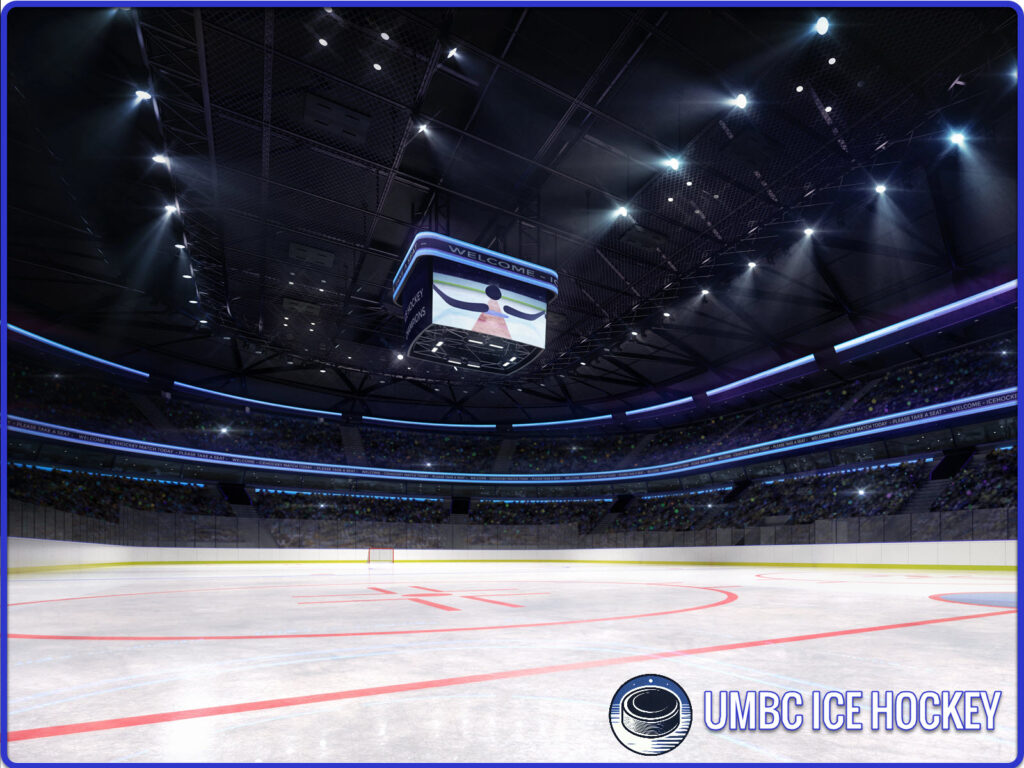Ice hockey is a thrilling sport known for its fast-paced action and skillful play, but one common question for newcomers is: are hockey games cold?
The answer is multifaceted, involving the environment of the rink, the ice itself, and the experience of spectators.

Is Watching Ice Hockey Cold?
For spectators, watching an ice hockey game can indeed be chilly. Ice hockey rinks maintain low temperatures to ensure the ice stays frozen and in good condition for play.
While the temperature in the stands is typically warmer than the ice surface, it is still cooler than a regular indoor event.
Spectators often wear layers, including jackets, gloves, and hats, to stay comfortable during the game.
How Cold is Hockey Ice?
The ice in a hockey rink is kept at a precise temperature to maintain its hardness and prevent melting.
Generally, the ice is maintained at around 16 to 26 degrees Fahrenheit (-9 to -3 degrees Celsius).
This temperature ensures that the ice is solid enough to withstand the intense action of the game while providing a smooth surface for the players.
Are Ice Hockey Games Cold?
The experience of cold at an ice hockey game varies depending on where you are seated.
Lower seats closer to the ice tend to be colder, while seats higher up may be slightly warmer.
However, regardless of seating, the overall environment is cooler than most indoor sports events due to the need to keep the ice frozen.
How Cold Are Ice Hockey Games?
Ice hockey games themselves are cold due to the maintained environment of the rink.
Players and officials are accustomed to these temperatures and wear appropriate gear to stay warm.
Fans should prepare by dressing in layers, as the combination of the cold air and the prolonged sitting time can make it feel quite chilly.
How Cold Is The Rink Itself?
A hockey rink’s temperature is controlled meticulously to keep the ice in prime condition.
The ambient temperature around the ice surface is usually around 24 to 26 degrees Fahrenheit (-4 to -3 degrees Celsius), while the spectator areas are maintained at 50 to 60 degrees Fahrenheit (10 to 15 degrees Celsius).
This balance ensures the ice remains solid and playable throughout the game.
So yes, rinks can feel cold. This helps maintain the ice surface and provides a suitable environment for the players to perform optimally.
The cold temperature also prevents the ice from becoming too soft, which could slow down the game and increase the risk of injuries.
Are Stadiums Cold?
Ice hockey stadiums are designed to keep the ice in top condition, which inherently means they are cold.
The design includes strong refrigeration systems beneath the ice to maintain its temperature, as well as air conditioning systems to keep the air within a specific range.
This setup ensures that both the ice and the air temperatures support optimal playing conditions and fan comfort.
Conclusion
In summary, attending an ice hockey game means preparing for a colder environment.
Whether you are a player on the ice or a fan in the stands, understanding the temperature dynamics of a hockey rink will help you stay comfortable and enjoy the game to its fullest.
Dressing in layers and bringing warm accessories can enhance your experience and ensure you stay warm while enjoying the excitement of the game.


